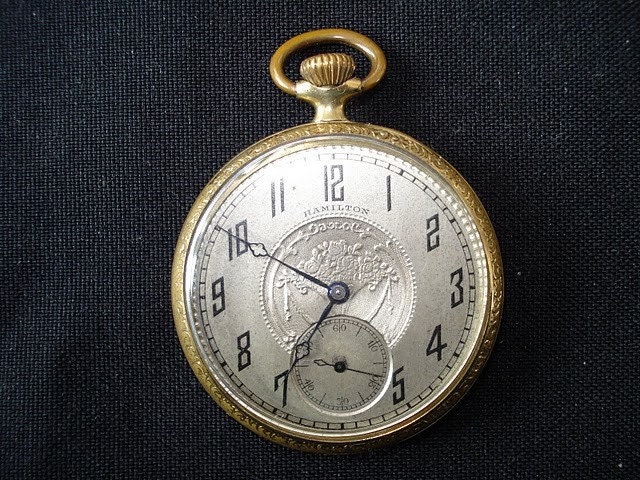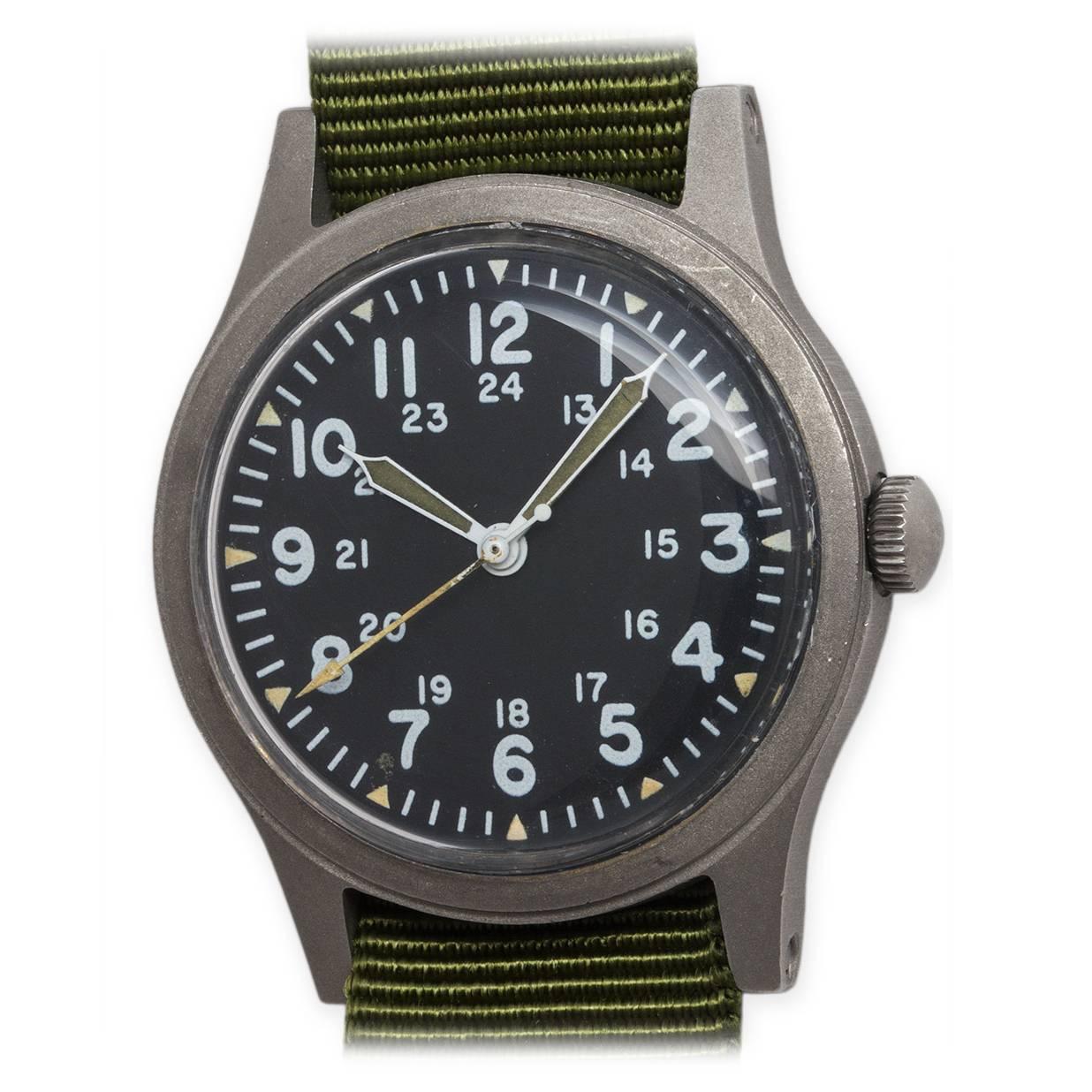

This is a very nice and clean watch! Please look at my other listings. And a light worn spot.Īll are visible in the pictures. There is a small pin dot dark spot above the number 8. The movements are Nickel finish, pendant set and 3 adjustable positions. This Hamilton is housed in its original Hamilton 10k rolled gold case. Run Quantity: 33.Įstimated Production Year. Dial: White Porcelain, double sunken dial, one hairlines in center of dial. It is in good running condition, with no major scratches on the face. This is a very nice made in dating ! I do not know the history of this watch, so it may need to be serviced. Collectors largely shy away from a vintage or antique watch that was restored and far prefer a watch that has all its original parts, even if it’s imperfect.WATCHES hairlines. However, your watch may be worth significantly less if it was damaged and then repaired.
#HAMILTON WRIST WATCH SERIAL NUMBER LOOKUP HOW TO#
Clear signs of age like a black-turned-brown Tropical Dial or a Crazed Dial with cracked lacquer can be a boon to your watch’s resale value for more on these desirable signs of damage, read our post “ How to Start a Vintage Watch Collection” here. Watch collectors oftentimes prefer a watch that has a little wear-and-tear, believing it to have more character and imbued with history. The condition of a vintage or antique watch can actually increase if it’s gently damaged. Ultimately, your watch is worth whatever someone is willing to pay for it. However, other vintage timepieces are not considered “exceptional” by market standards and are not worth nearly as much. To wit, the 1925 Patek Philippe Henry Graves Supercomplication pocket watch fetched a whopping $24 million USD at a Sotheby’s auction in 2014. Some vintage watches fetch jaw-dropping sums at the auction houses because they’re highly sought after by collectors who covet their prestige, history or unique qualities. There is no hard-and-fast rule to say the older a watch, the more valuable it is. This is going to be an annoying response but: it depends. Which is worth more: a vintage or antique watch?

Their team of experts can generally tell you via e-mail and photos if your watch is of exceptional value and worth bringing in for a more thorough review. Therefore, we recommend reaching out to an auction house like Christie’s or Sotheby’s. If your watch does not have a serial number, it becomes harder to trace its history-but not impossible! Antique and vintage watches require a highly trained eye to determine its age and authenticity. (Unfortunately, you cannot rely on the number stamped outside on the watch case which is largely used only for identification purposes.) You can cross reference the movement’s serial number with the manufacturer’s database (most of which are listed online) to determine the year your watch was produced. This crucial figure will indicate the manufacture date. To determine the age of your watch, you will need to open your watch and find the serial number on the watch’s movement. How do I know how old my antique watch is? Any watch under 20 years is likely to be classified as simply “old”-neither modern nor quite yet vintage. Vintage watches are at least 20 years-old. What’s the difference between a vintage and an antique watch?Īntique watches are at least 100 years-old.


 0 kommentar(er)
0 kommentar(er)
